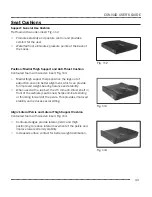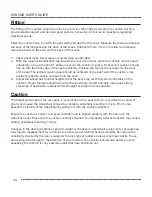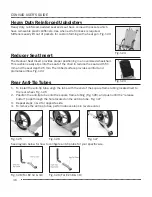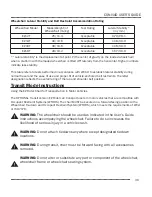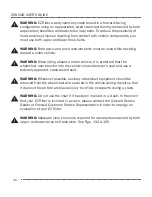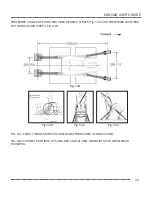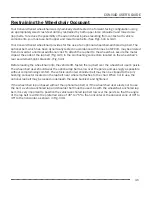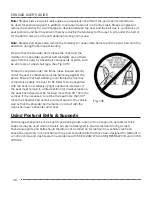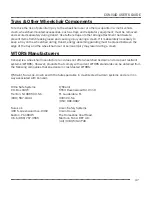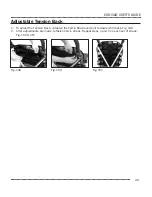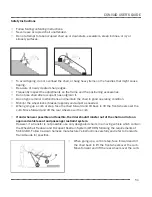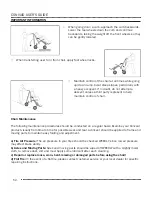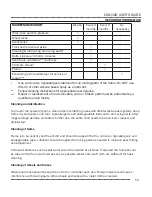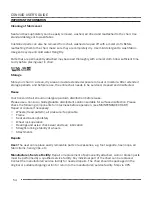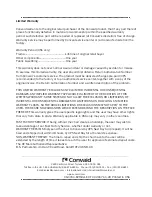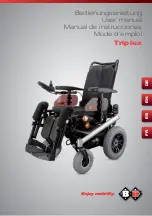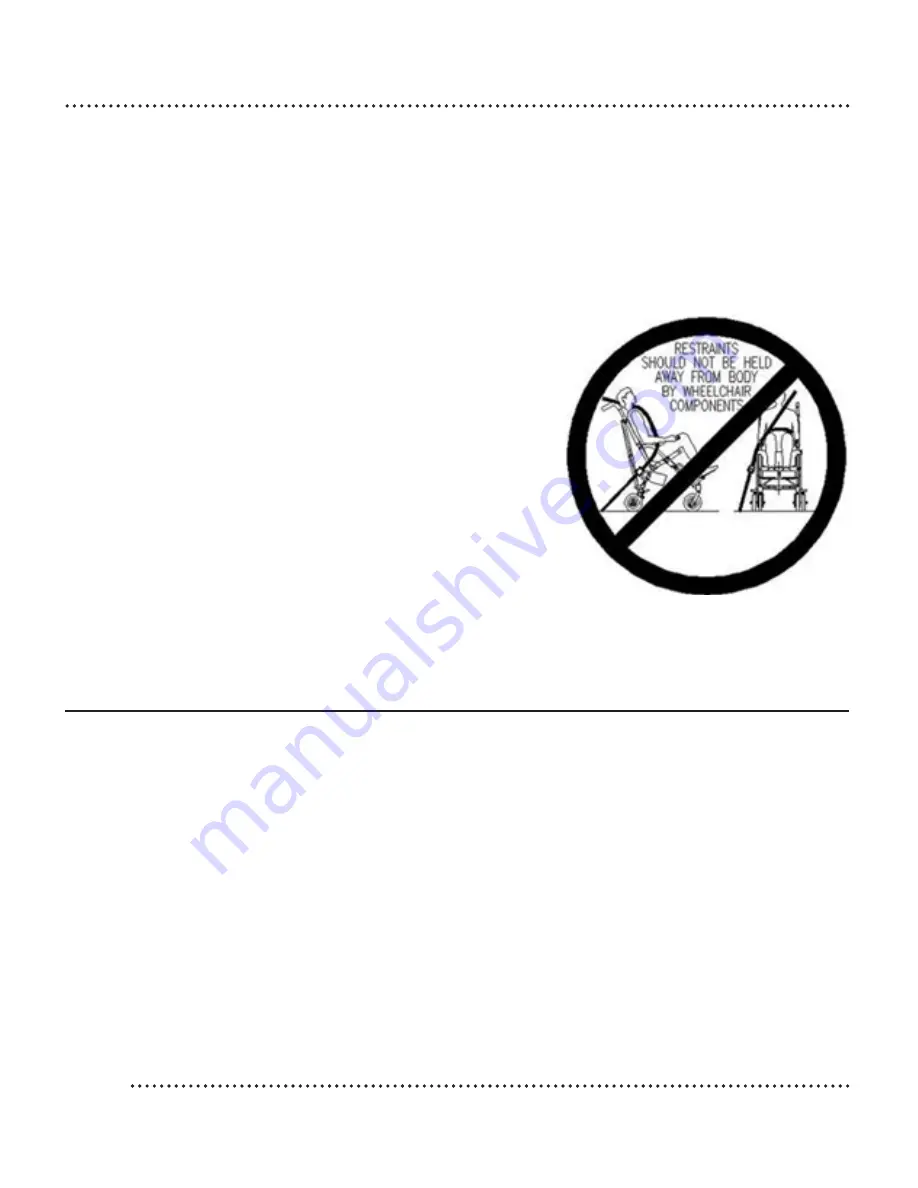
46
CONVAID USER’S GUIDE
Note:
Steeper side view pelvic-belt angles are especially important if the pelvic belt is intended to
be used for postural support in addition to occupant restraint in a frontal crash. Steeper angles will
reduce the tendency for a vertical gap to develop between the user and the belt due to compliance of
seat cushions and belt movement, thereby reducing the tendency for the user to slip under the belt or
for the belt to ride up on the soft abdomen during normal use.
Note:
Steeper belt angles also reduce the tendency for upper-torso belts to pull the pelvic belt onto the
abdomen during frontal impact loading.
Be sure that the shoulder belt crosses the chest and the
middle of one shoulder and that belt restraints are not held
away from the body by wheelchair components or parts, such
as arm rests or wheelchair legs. (See Fig. 145)
Thread the lap belt under the frame tubes located directly
under the user’s elbows and pull the belt snug against the
pelvis. Ensure that belt webbing is not twisted as this may
compromise safety. It is best for EZ Rider to be transported
with the seat in a relatively upright orientation. However, if
the seat must remain in a tilted position for medical reasons,
the seat back should not be reclined more than 30 º from the
vertical. If it is necessary to recline the seat more than 30 º,
move the shoulder belt anchor point rearward on the vehicle
wall so that the shoulder belt remains in contact with the
wheelchair user’s shoulder and chest.
Positioning accessories such as pelvic positioning belts, anteri or trunk supports, and lateral trunk
supports may be used while in transit, but are not designed to provide restraint during a crash.
Postural supports and belts should therefore not be relied on for restraint in a vehicle crash and
should be used only in conjunction with lap and shoulder belts that have been designed for restraint in
a motor vehicle and crash tested in accordance with SAE J2249/ WC-4, ANSI/RESNA WC19 and/or ISO
10542-1.
Fig. 145
Using Postural Belts & Supports


